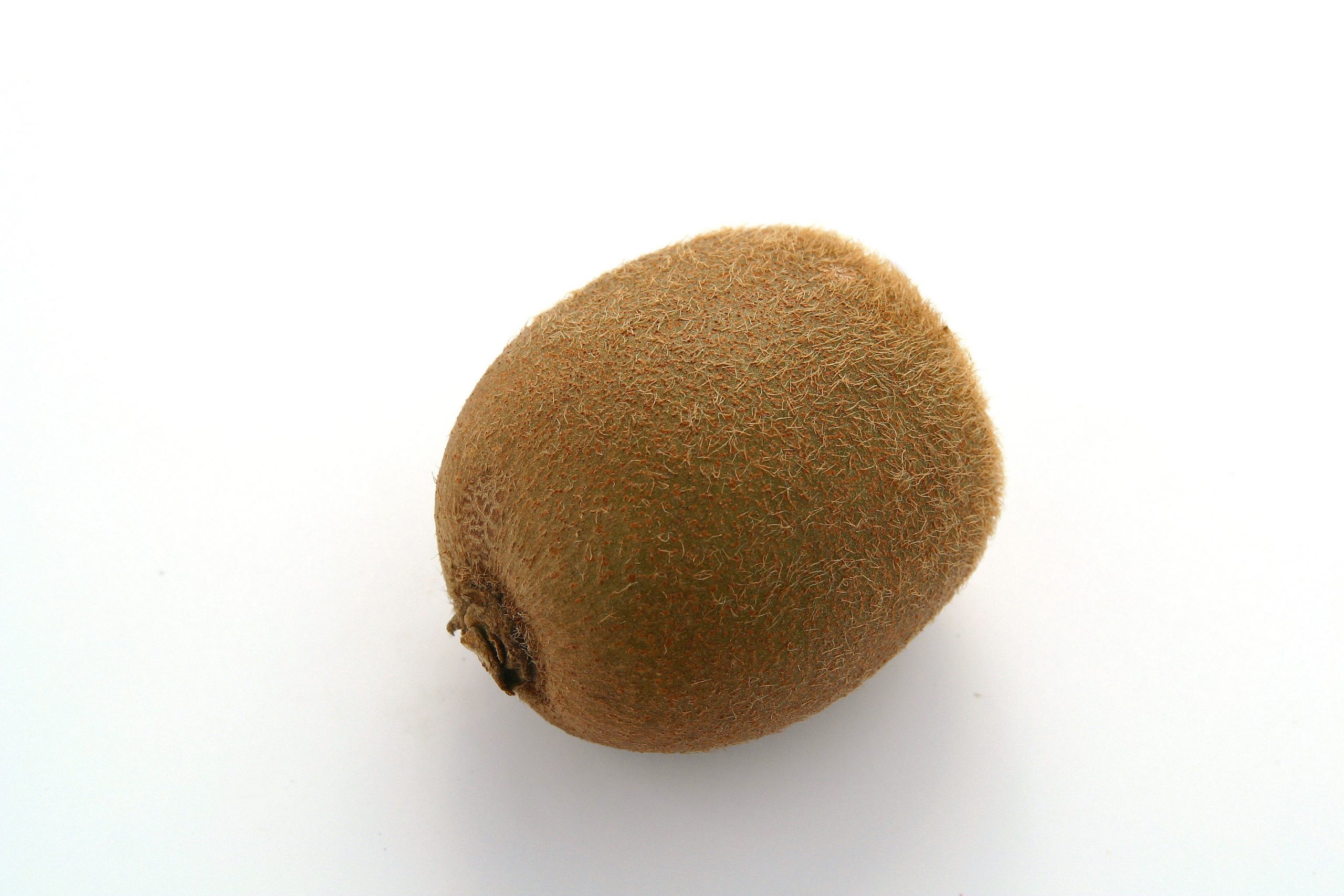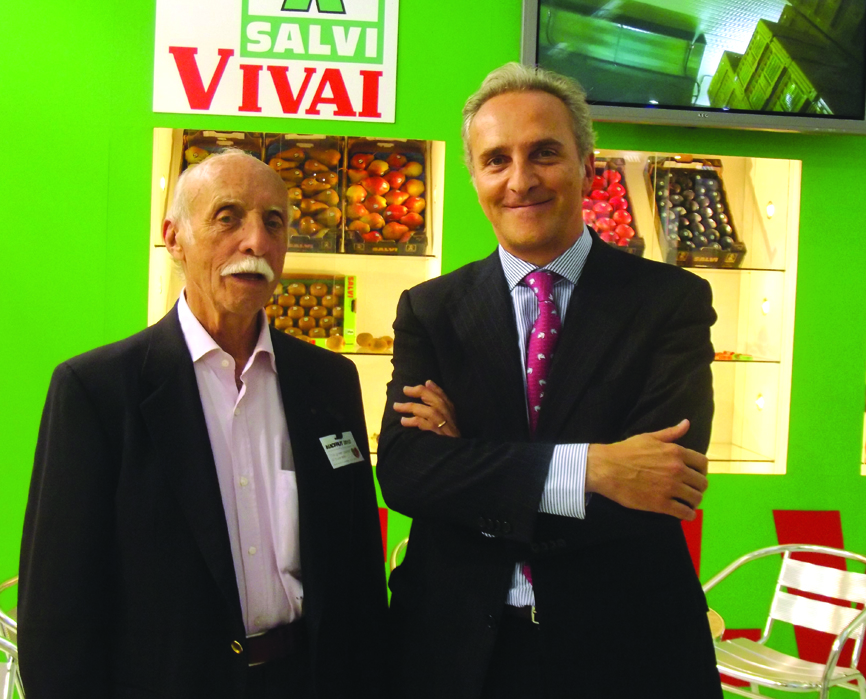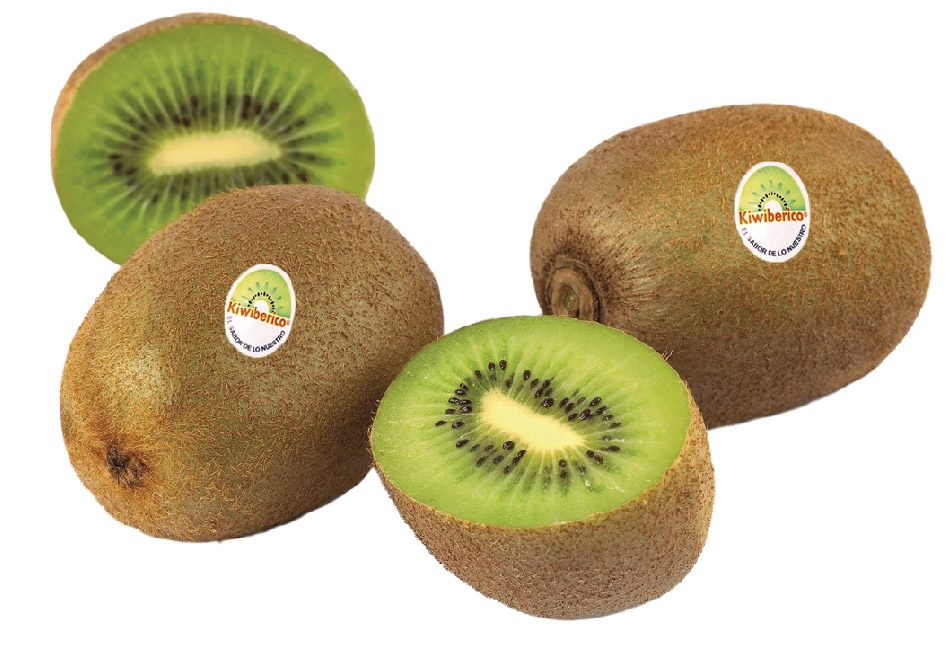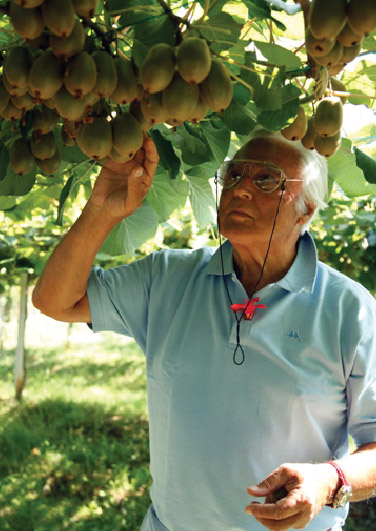
No Italian fruit better embodies the role of Italy’s ambassador to the world than kiwifruit: “Kiwifruit are exported to practically every continent and the export volumes are constantly growing,” said Paolo Bruni, chairman of CSO (Centro Servizi Ortofrutticoli) of Ferrara. Italy plays a decisive part in the world kiwifruit industry. The key factors for this success are optimising volume management, excellent quality and the ability of the companies involved to become international players. The top place is occupied by yellow kiwifruit, in which Italy can boast the primacy in production and also constitutively, with the setting up of the Jingold consortium, and recently also for red kiwifruit, distributed exclusively by the new Origine Group. According to CSO data, Italy as a whole had nearly 24,450 hectares of kiwifruit orchards in production in 2015. The main growing areas are, in this order: Lazio (30%), Piedmont (19%), Emilia-Romagna (15%) and Veneto (14%), though surface areas in the South are expanding.
High quality season
The 2015/16 season will stand out for the extremely high quality of all types of kiwifruit, thanks to the optimum weather conditions this year. The total crop is higher than last year but the markets are also growing, so the greater supplies should not be a cause for concern. After the moderate volumes of 2013/14, growth is being seen in the Middle East, which is returning to similar levels to those of previous years. The decrease in North Africa compared to previous years is moderate (6%). The proportion of Italian kiwifruit earmarked for Australia is also seeing good growth.
Main destinations
EU countries are still the main destination (67%), but the proportion has fallen as exports to more distant areas such as North America (10%), the Far East (7%) and Central and South America (6%) have risen. During the last marketing season Italian kiwifruit exports reached 323,000 tons, a 2% rise on the previous year. The value of these exports exceeded €410 million overall, up by 7% on 2013/14. Almost all the main destinations showed growth (Germany +1%, France +30%, the Netherlands and the United Kingdom +12%), while the volumes shipped to Spain remained constant. Growth in North American sales was again confirmed last season, as this market took almost 32,000 tonnes. The Far East also grew by 11% to nearly 23,000 tons. South American sales rose as well, confirmed at almost 20,000 tons. However, non-EU European countries as a whole saw a sharp fall because of the Russian embargo, which cut overall export volumes by half.
The Italian ambassador
One of the strong points of this product has surely been supply-side concentration, both worldwide and in Italy. In Italy, where a fragmented supply side has often been one of the main causes of crises in the produce sector, the situation in kiwifruit appears to be much better precisely because the producers of this crop are more united than others. The CSO chairman, Paolo Bruni, spoke of precisely this aspect: “We should not forget that home consumption was rising strongly until a few years ago and is now stable at over 100,000 tons of kiwifruit a year. Nor should we forget the effort that CSO has made over the years, together with governments, regional services and our members, to open up new markets that could become important outlets for our product.” At the moment, the Italian efforts are targeting Japan, a country with decreasing home supplies and a great need for foreign kiwifruit.
MV



